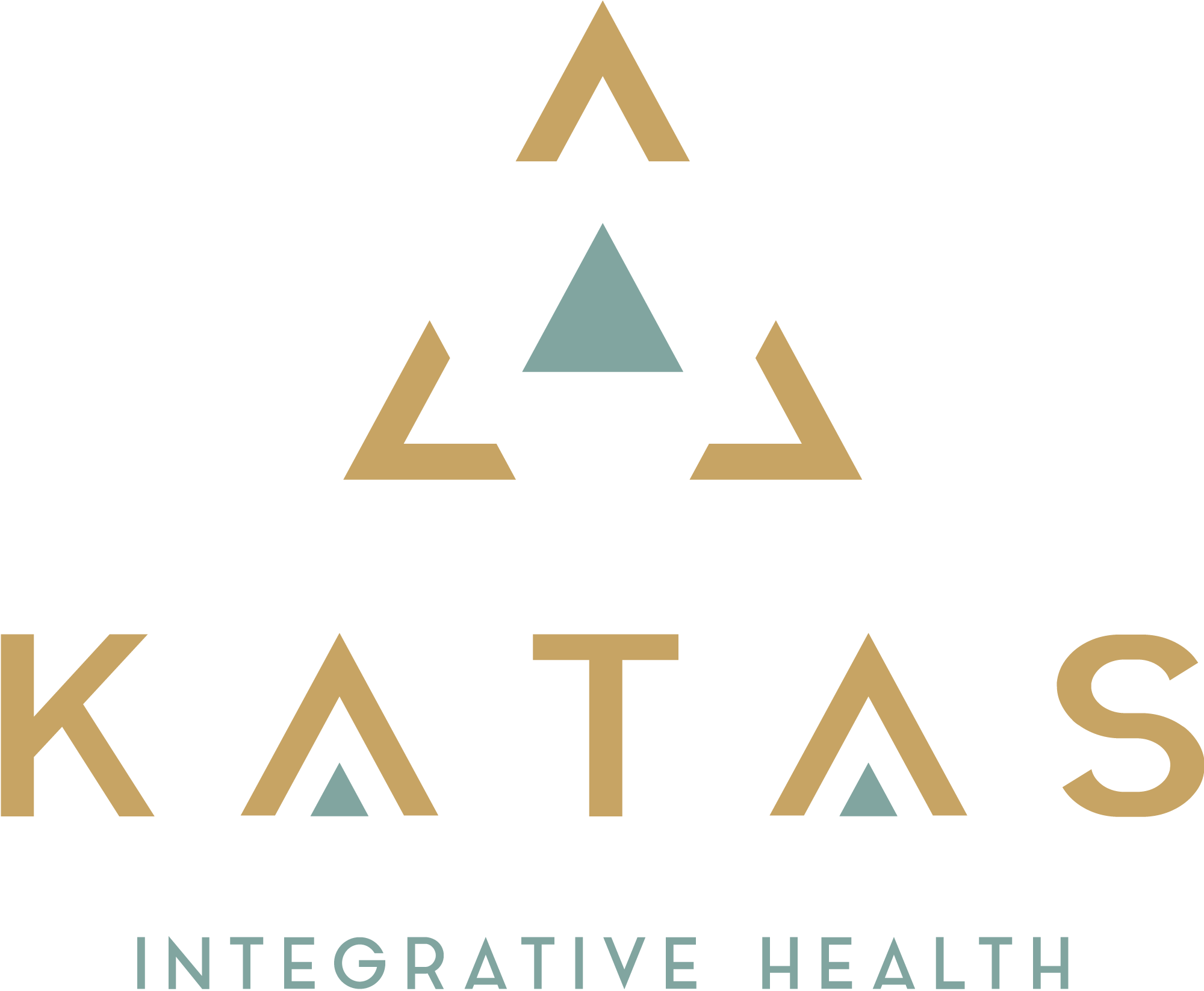Enzymes are required for thousands of chemical reactions including growth and repair, digestive support and reproductive health. You’ve probably heard of their use in breaking down food to assist metabolism, but their role is widespread. The most important of which is their ability to regulate the production and breakdown of fibrin.
So, what is Fibrin?
Fibrin is a protein that acts as a first responder whenever your body is injured. It is a fibrous protein shaped like long threads that interlace to form a thin mesh around wounds. Without this protection, our wounds wouldn’t heal.
After this repair stage, your system sends out a second clean-up crew of enzymes to dissolve the excess fibrin from the wound site. Unfortunately, our bodies don’t function in perfect working order. Often times we take pain pills when we hurt, which cancel the body’s signal for enzymatic clean-up crews.
Over time, excess fibrin leads to thickening and stiffening of tissues. This then leads to the formation of scar tissue that interferes with muscle function, and eventually leads to chronic inflammation and pain.
Takeaway: Fibrin dictates how healthy and flexible every part of your body stays as you age.
Enzymes for Muscle Recovery
Systemic enzymes are a wonderful tool to help speed up the recovery process pre- and post-workout. Exercise-Induced Muscle Damage (EIMD) and it’s most common symptom, Delayed Onset Muscle Soreness (DOMS), impact an athlete’s training frequency and performance. Therefore, Systemic Enzyme Therapy (SET) is used to clean up muscle breakdown and repair muscle tissue quickly (1). Systemic enzymes block inflammatory molecules from damaging muscle tissue. At the same time, they promote accelerated restructuring of the muscle tissue. It’s a no brainer
Listen to your body, know your weaknesses
If you are an avid gym-goer or outdoor enthusiast, you are well aware of the weaknesses within your body. If you notice your mobility continuing to decrease, or a nagging pain in your joints, consider looking inside for the answer. Unfortunately, proteolytic enzymes decrease as we age, contributing to the aches and pains of getting older.
We can’t stop our bodies natural processes, but we can assist them when we know how.
When you fuel your body with the nutrition it needs, it will recover and serve you for a lifetime.
Isn’t that all our end-goal?
With proper use, systemic enzymes can improve mobility and performance by ridding tissues of unwanted proteins and dampening inflammation. This leads to an increase in range of motion, reduced pain, improved movement patterns, less injuries and shorter recovery time.
Additional Areas of Systemic Enzyme Use
• Cardiovascular health
• Allergies
• Immune support
• Arthritis and other Inflammatory Diseases
• Infections
Kaitlyn J. Popp, D.C.
Highlands Chiropractic
Citations:
(1) Marzin T, Lorkowski G, Reule C, et al. Effects of a systemic enzyme therapy in healthy active adults after exhaustive eccentric exercise: a randomised, two-stage, double-blinded, placebo- controlled trial. BMJ Open Sport Exerc Med 2017;2: e000191. doi:10.1136/ bmjsem-2016-000191


